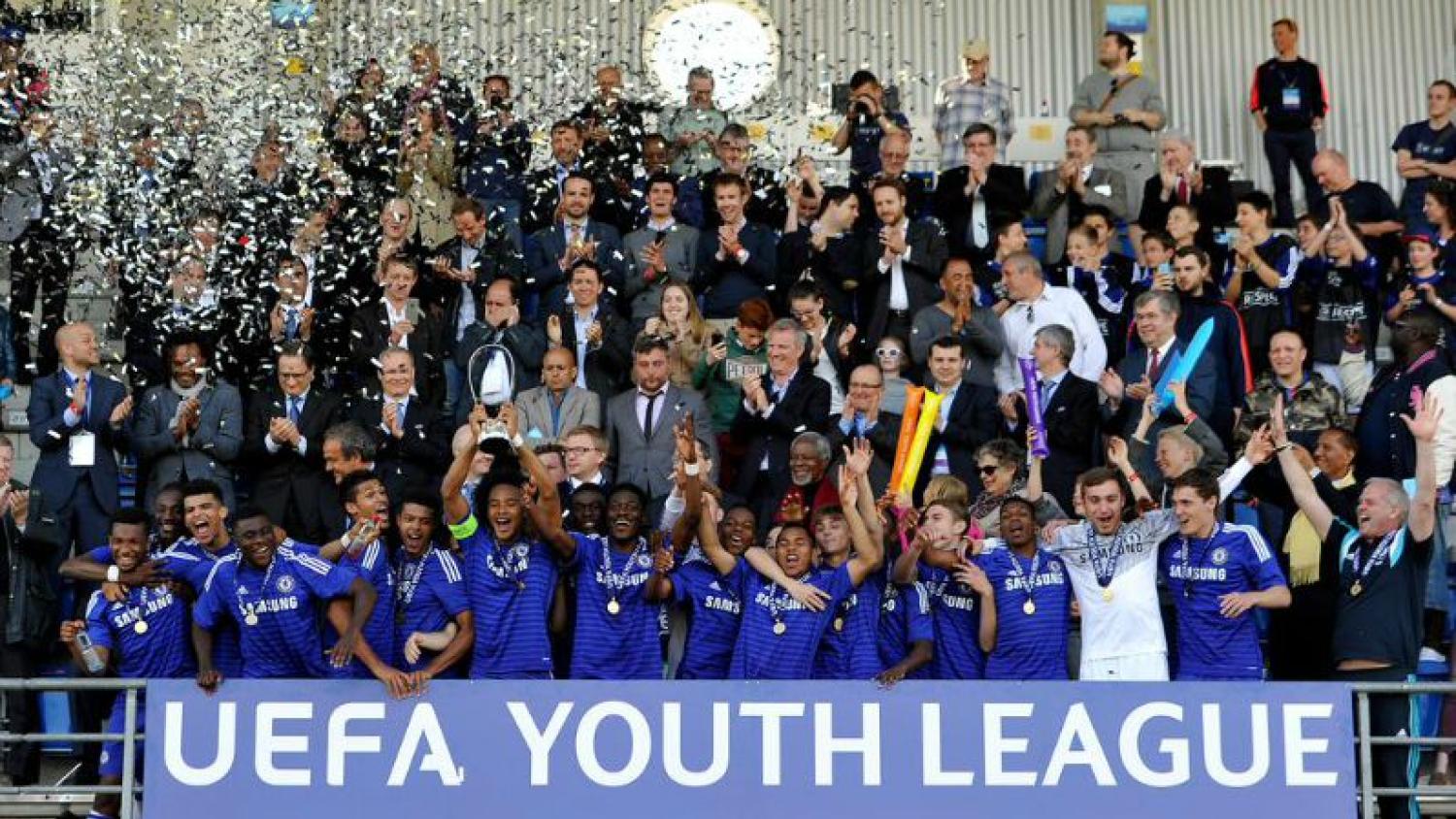It was without a doubt a big week for soccer fans all around the world, with the UEFA Champions League kicking off its campaign. Millions of fans gathered to see their favorite team compete on the biggest club soccer stage in the world. And while Messi, Ronaldo, and Co. are working hard to lift the trophy at the end of the campaign, another UEFA tournament kicked off simultaneously.
The UEFA Youth League, a concept introduced by UEFA in 2013, has its biggest competition yet. After a two-year trial period, UEFA decided to launch the Youth League with 64 European teams, competing either in group stages or in knockout rounds. In order to make the tournament organization easier, the UEFA Youth League games are being played before the Champions League games.
To guarantee a similar experience and facilitate this huge tournament, UEFA decided to copy the Champions League model. 32 teams are put into 8 groups, and all the Under 19 teams in a group are the same as in the Champions League. This allows future talents to not only gain international experience, but also to show why they deserve playing for a reputable club.
Manchester United’s Under 19 team did a better job than their professional team, beating PSV Eindhoven 3-0. And also Benfica’s Under 19 team knew how to impress, beating Astana with 8-0, the highest victory for the Portuguese team.
The UEFA Youth League is a very young and new concept, and only two clubs were able to claim the tournament and lift the trophy yet. In 2013-2014, FC Barcelona defeated Benfica 3-0 to become the first ever champion; in 2014-2015, Chelsea was able to claim the top spot, winning 3-2 against Shakhtar Donetsk.
In some ways, UEFA did not modify much in the Youth League regarding the group stages and team matchups. However, in order to create a more competitive and challenging tournament, UEFA introduced a new, second part to the UEFA Youth League. The “Domestic Champions Path” expansion allows 32 European Under 19 champions to be part of the league. Also, instead of playing group stages, each team has to compete in knockout stages, with two legs per round. The idea is to have only 8 teams remaining after two rounds, and those 8 teams will compete with the eight group winners for the title. This gives teams from other countries a chance to qualify for the knockout stages and compete with top level teams.
Not long until the 2015/16 #UYL! Which young stars will make the biggest impact this season? pic.twitter.com/bOzszojocp
— UEFA Youth League (@UEFAYouthLeague) September 3, 2015The Domestic Champions Path is an interesting addition, as it makes the groups, but also the knockout stages more competitive and challenging. The winner will be determined in a Final Four tournament in Nyon, which will be held between April 15-18 in 2016.
The UEFA Youth League is an interesting addition to youth club soccer, especially because it offers young talents the chance to put themselves into the spotlight and raise interest by other big European clubs. Although the UEFA Youth League is still a work in progress, it definitely shows huge potential for the future and could also work as a gateway to professional soccer for many talents.



